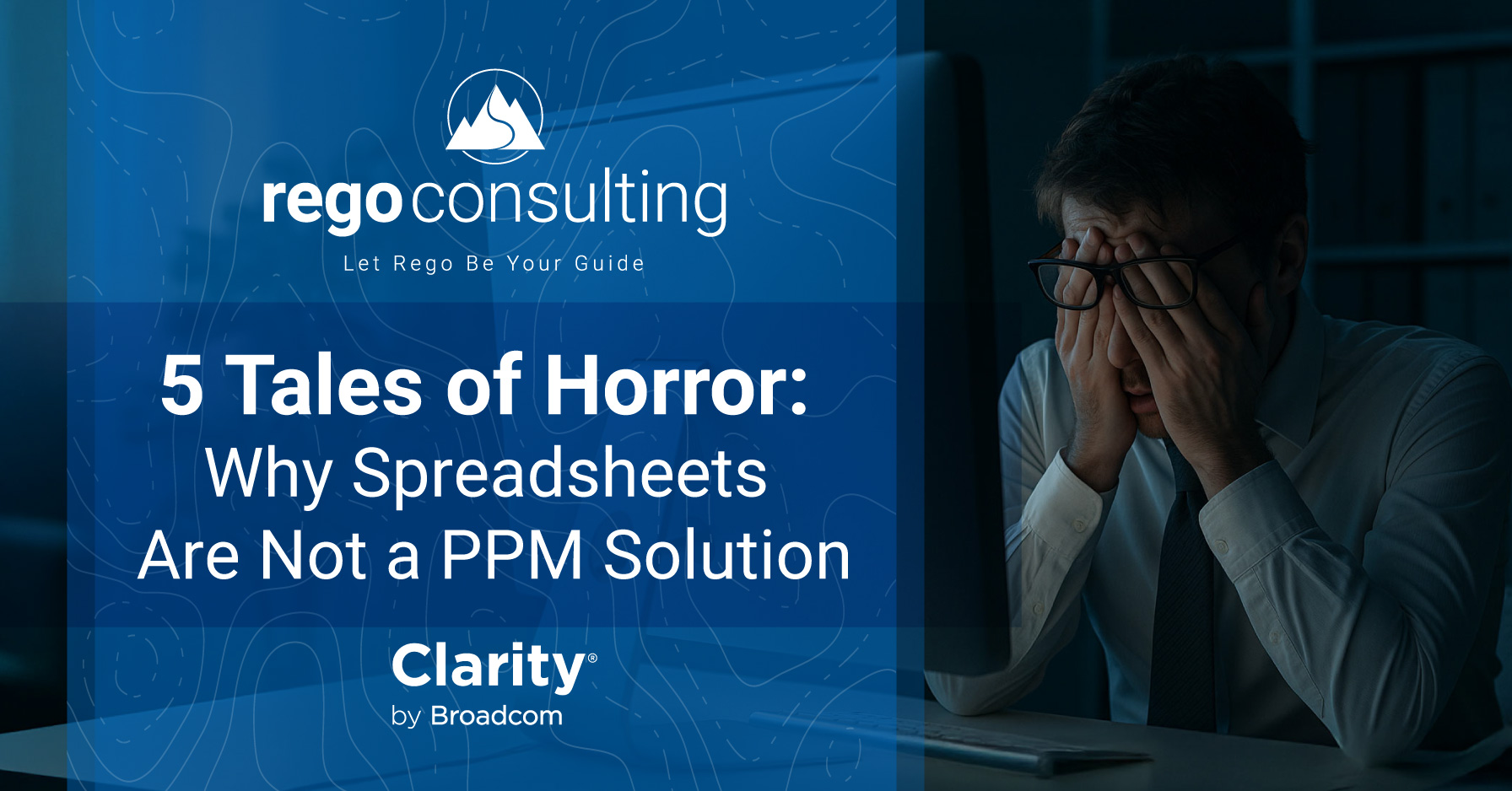Are you using performance metrics to ensure your resources are fully adopting CA PPM? If not, you should definitely keep reading. Monitoring performance with metrics is a powerful way to see what’s going on inside CA PPM, create compliance, and provide you with a complete data overview.
As we explained in our last post, 8 Comprehensive Adoption Strategies, metrics are the most important element to ensure compliance from your end-users. In this post, we’ll explain what a metric is and why using metrics to monitor performance is best practice.
CA PPM: What Are Metrics?
Metrics are measurable units we collect to report on data, like counts, percentages, ratings, numbers, and trends. They come in flavors. There are quantitative metrics, like the number of open issues, or qualitative metrics, like the results of an end-user survey. There are leading metrics—metrics in the future—that take you where you’d like to go. And there are lagging metrics—metrics from the past—that help you predict the future.
A good metric is a specific, quantitative number that you can automate within CA PPM. It’s objective. (See more about what makes a good metric in Part 3 of this series.)
Slicing Metrics
Metrics can be sliced into different time periods, groups, and project stages. You might look at metrics over time—monthly, quarterly, annually—or organize metrics by group, such as when you target a certain manager or sponsor. You’ll also want to look at metrics through stages: ideation, design, development, and implementation.
Why Implement Metrics?
Some people say they’re implementing metrics because “the boss said so.” That’s a solid answer, but the propelling reason for implementing metrics is because it’s best practice if you want to drive and measure change, which we do.
As an organization, you want to become better, prove you’re getting better, and actually be better. And if that growth isn’t happening, metrics show you, so you can turn things around.
———-
Why have you implemented a particular metric? We’d love to hear your story in the comments below.
If you liked this post, check out this BrightTALK from Daniel Greer, President of Rego Consulting and stay tuned for Part 2: CA PPM—The Metrics Development Cycle.
Join our mailing list below.










